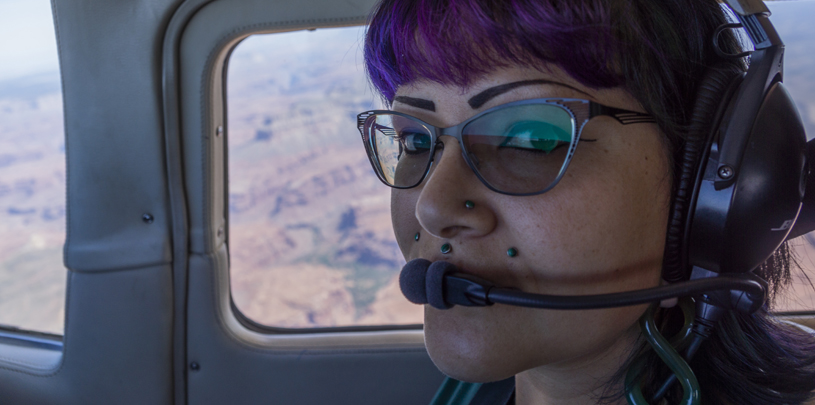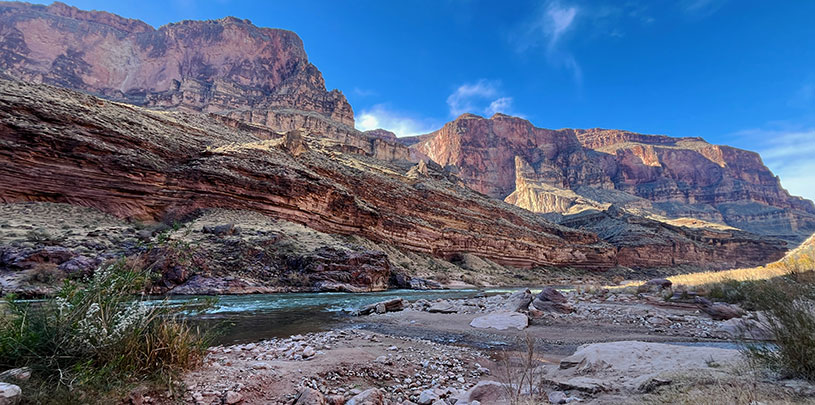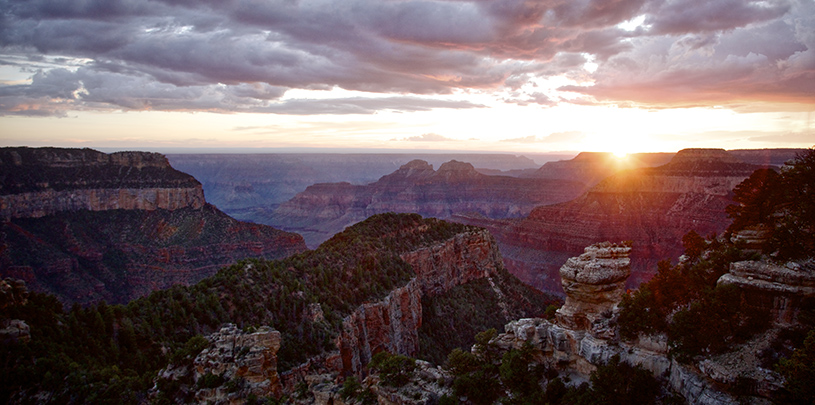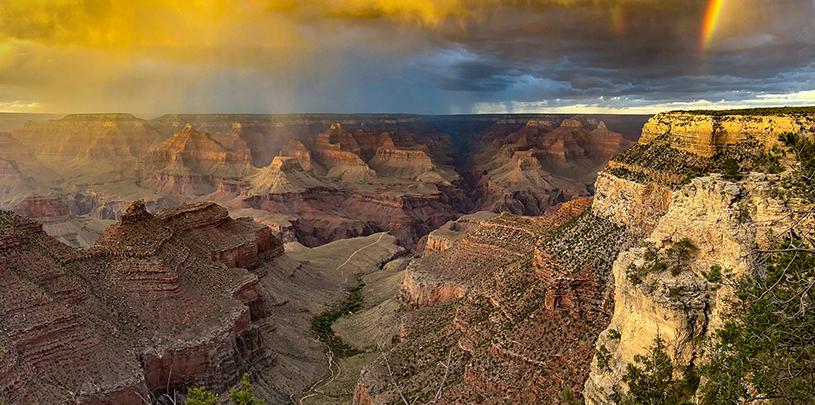 guest post by Ophelia Watahomigie-Corliss
guest post by Ophelia Watahomigie-Corliss
My connection to the Grand Canyon, as a Havasupai woman, is far beyond my visual comprehension of its vastness or my verbal appreciation for its beauty. It has existed in me since I was an embryo.
If you genuinely intend to comprehend what it means to protect a place, this place, the Grand Canyon, and the lands that surround it, your appreciation must go deeper than what your eyes and ears can perceive. Step into the history of its epochs, immerse yourself in its formation, and in the creation of its peoples.
At 39-weeks pregnant it is as clear as day to me what it means to have an umbilical connection to the Grand Canyon. From the Havasupai stronghold, Supai Camp, inside Grand Canyon National Park, where Havasupai people living in Ha’a Gyoh (also known as “Havasupai Garden“) and other areas of the South Rim were forcibly relocated, to Supai Village located on the Havasupai Reservation, which has survived colonialism and genocide and never been eradicated, to Red Butte on sacred land south of the park’s southern entrance, our cultural ties here are unbreakable.
We are the land, we are the water
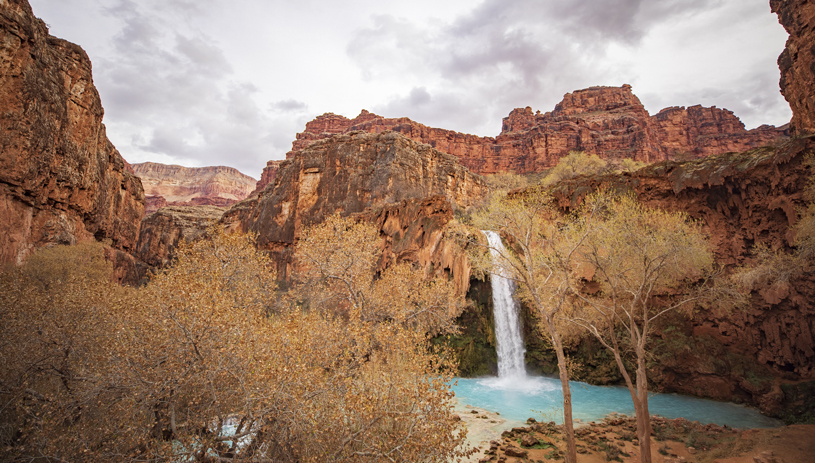
We are the Havsuw ‘Baaja, the People of the Blue-Green Water. We are the land; we are the Grand Canyon. Items we use in the blessings for our newborn children are quite literally earth and water. From birth, we are connected to the Grand Canyon by the water that created Supai life, and by the earth of the red rocks of this land which our hearts are buried beneath. These practices help ensure we are meeting the expectations to protect the land like our contract with the creator requests of us.
We are guided to protect the land through the blessings of water and earth; the land will protect us in the same way we are to protect the land. Our lives are imbued in the Grand Canyon through millennia because of our culture; we are of the land and therefore we are the land.
As the need to adapt to the modern world continues, so does the trust that we have the ability to maintain the lands where we live and raise our families. This land holds our entire lives as we have been building them throughout time, from the ancestors who have allowed all of our bloodlines to survive and live life at this very moment. We too are trying to sustain our current lives, and the future lives of our children and relatives, but how do we do this? Where do we look? The answer is simple: to our Indigenous communities.
The wisdom of generations
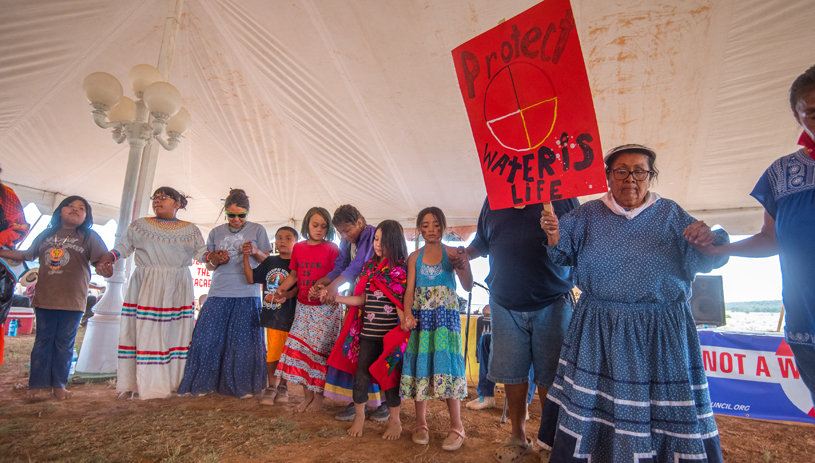
Listen to the wisdom of the people who have lived on the lands you now occupy. No animosity could possibly exist when we work in partnership. And that is exactly the intention of the Havasupai who, since the 1980s, have been fighting against uranium mining that threatens our only water source and our sacred aboriginal territory.
Uranium mining has proven to have devastating effects on real people within the Grand Canyon region, and their stories should be held in the highest regard; we can see exactly what their families have and are still going through.
As a mother, I will explain the dangers of uranium mining to my daughter in an age-appropriate way. It will take some years before I can explain that there are people out there who would choose to ignore the observable evidence of uranium mining’s dangers, and its effects on Navajo and Hopi communities, or its potential to poison our water for monetary gain. A mining company has the power to poison our water. This is what we are working to stop.
My daughter will be there with us on the front lines, she will be at the Red Butte gatherings, she will hear these things being talked about during our community get-togethers. She will begin to connect the dots, and when she is ready for a more complicated explanation I, her father, her community, and our allies (you) will be here for her.
Pinyon Plain Mine is now the official name of a uranium mine near the Grand Canyon and our sacred mountain, Red Butte. The mine has been threatening our only water source since 1986, but it hasn’t always been known under this name. The mine changed its name from “Canyon Mine” — the name I grew up in the shadow of — perhaps to get you to forget about the mine entirely. As if, by changing the name, the mine somehow moved away from the Grand Canyon, and no longer poses a threat to our blue-green waters. But of course, the mine did not move; it is still in the same place. This attempt to make people forget about the mine and where it is could have serious implications in our collective fight to oppose it.
I haven’t entirely made the name switch in my mind; the mine is still Canyon Mine. It is also true that it doesn’t matter what the name of the mine is, it is still a uranium mine and it still needs to be stopped.
The mine is the largest looming threat to the future of the Havasupai’s only clean water source, the water I grew up drinking, the water my daughter will drink, a water source for the entire Grand Canyon region’s residents and its visitors.
A threat to our sacred mountain and our water
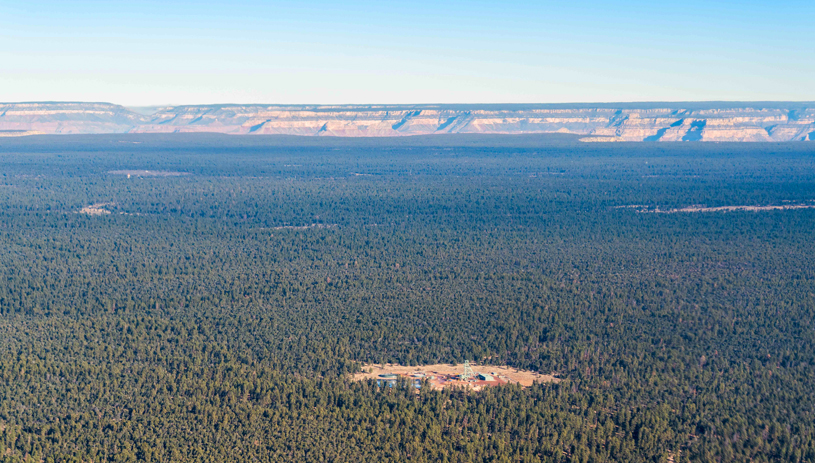
Millions of gallons of contaminated water continue to be pumped out of the mine, water we could someday end up drinking, or using to sustain our lives, if it ever finds its way into the deeper aquifer, but yet the mine’s owner is still permitted to operate the mine. The mine is still the same threat. This threat exists today within miles of our sacred mountain, Red Butte, and of the south rim of Grand Canyon National Park.
Do not allow this name change to distract from all the work we have all accomplished together, and the work we must continue to do as individuals, as friends, as colleagues, as the people of this land, this land needing our help and protection from Canyon Mine or Pinyon Plain uranium mine, or whatever you choose to call it.
I think about my grandmother, who while carrying my mother, was actually carrying me too, inside her womb, while she also prepared to have her own daughter. She instilled my mother’s identity through the same methods, teaching our identity of place, to be proud and take care of the land always. Yes, we do this for our children, but when you are a woman who has an opportunity to have a daughter, you are also instilling this identity and responsibility into your future grandchildren.
I know that having a daughter will change my life forever, and it is my duty to continue to raise awareness around this threat of uranium mining, its potential threat to my daughter, to my grandchildren, the Havsuw ‘Baaja, and all the people who live on and visit the Colorado Plateau. Aáhangyú.
Ophelia Watahomigie-Corliss is a former member of the Havasupai Tribal Council. She holds two bachelor’s degrees from the school of communications at Northern Arizona University.

